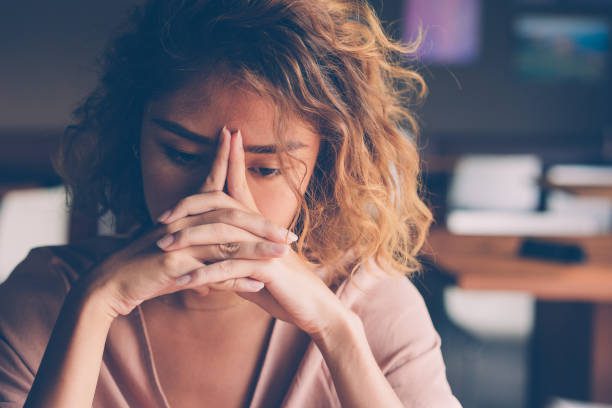
By Carol Phillips
Do you dread moving the clock back in the fall or is this practice just a minor inconvenience for you? For people who suffer from Seasonal Affective Disorder, the days suddenly becoming darker an hour earlier causes great disruption to their mental health. Combine this with less sunlight and spending more time indoors due to the colder weather, and it becomes easier to find people who are struggling to maintain a positive outlook.Â
According to the National Institute of Mental Health, Seasonal Affective Disorder, also known as SAD, is “a type of depression that comes and goes with the seasons, typically starting in the late fall and early winter and going away during the spring and summer.†Patients sometimes report episodes of SAD in the summer, although this is less common. Women 20 years and older are at greatest risk for the disorder.
Symptoms of SAD often include:
Feeling depressed daily or several times each week
Losing interest in favorite activities
Feeling hopeless or worthless
Poor concentration
Lack of energy
Feeling overwhelmed or irritated
Weight loss or weight gain
Sleep problems, including too little or too much sleep
Feeling a sense of doom or having suicidal thoughts
What can you do to address this problem?Â
First, reach out to your primary health professional to report your concerns and obtain information and recommendations based on your health history. Often, patients are referred to a mental health professional with experience in helping people with this specific disorder.
While professional help is often a critical component to making progress, you should also feel empowered to find what works best for you to combat any symptoms of depression or seasonal affective disorder. For most, the answer lies in a combination of therapies and behavior changes. Be on the lookout for the seemingly simple changes that may make a significant difference in your life. For example, getting outside for even a daily 10-minute walk can improve your outlook. For now, enjoy the cooler air and lower humidity as well as the stunning Fall colors. With the COVID-19 pandemic, this year it’s been even more important to get outside when it’s light out. A weekly phone call, Skype, or Zoom chat with a kind friend or family member can be an important element of your treatment. Is there a color you love or a certain scent that makes you calm and happy? Incorporate your favorites into your daily or weekly environment.
Pets have also been reported to not only improve a sense of calm and happiness, but also reduce blood pressure. What combination works best for you? What changes spark a sense of hopefulness in your mind? Find them and implement them as often as possible for better mental health.
The risk of suicide and attempted suicide is greater for people who suffer from seasonal affective disorder. If you or someone you know is at risk, reach out to your health professional or call the National Suicide Prevention Lifeline at 988.
You can also text HELLO to 741741.Â
Many people suffer from mental health issues and trained professionals are ready to help you overcome any painful thoughts and feelings you are experiencing. Don’t hesitate to reach out! Help is available, whether it’s professional or from your friends and family. You are not alone.
